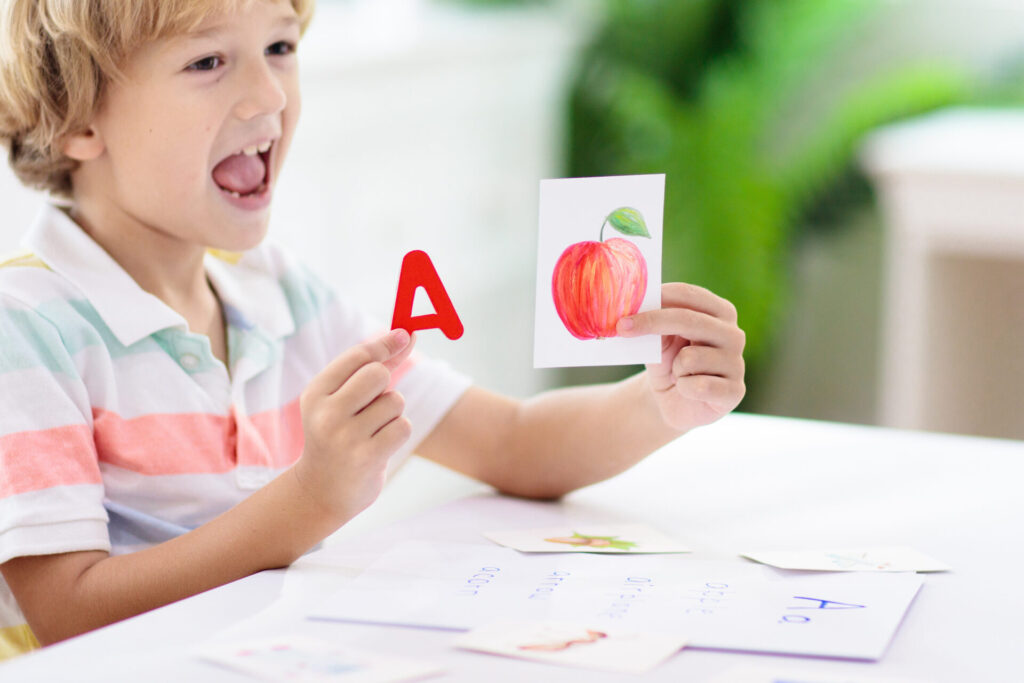Helping your child with their speech development doesn’t have to mean waiting for weekly speech therapy appointments or relying solely on a specialist. As a parent, you can play an active and positive role in building your child’s communication skills right at home, with the right guidance and a little creativity.
If your child is working on their speech development, you might be wondering how to support them between therapy sessions, or even where to begin if you’re waiting for an evaluation. Many parents find that home-based practice makes a big difference, especially when it’s consistent and engaging.
There are plenty of useful resources available to guide you, including tips from speech therapists, early intervention programs, and online tools. For example, Forbrain’s guide to speech therapy activities outlines playful, easy-to-do exercises you can try at home. There are also age-specific strategies and printable resources available on platforms like Teach Speech and Mommy Speech Therapy.
Why At-Home Practice Makes a Difference
Speech and language development happens gradually, and consistent daily practice is often just as important as professional speech therapy sessions. At-home exercises help your child generalise what they learn in therapy and apply it to everyday situations—whether it’s asking for a snack, playing with friends, or reading a bedtime story aloud.
By weaving speech exercises into your routine in fun and natural ways, you help build your child’s confidence and strengthen their ability to communicate clearly. Plus, kids tend to learn faster when they feel relaxed and supported, especially by someone they trust—you.

Easy and Effective Exercises You Can Start Today
You don’t need fancy tools or a clinical setting to start speech therapy at home. Many of the most effective exercises are simple games or activities you can do with everyday items.
Start with basic mirror exercises. Sit in front of a mirror with your child and make different sounds or facial expressions together. This helps them see how their lips, tongue, and jaw move. It’s especially helpful for children working on articulation.
You can also try sound repetition games. Pick a target sound like ‘S’ or ‘R, and practice repeating it in short, fun phrases. Use flashcards, storybooks, or even silly tongue twisters to keep things interesting.
Another easy option is using visual and tactile cues to help your child form sounds. For example, place a finger gently under their chin or tap their lips as a cue for certain mouth positions.
Make It Fun with Games and Songs
Children are more likely to stay engaged when activities feel like play. Try classic games like ‘I Spy,’ which build vocabulary and listening skills. You can also use toys or puppets to practice turn-taking in conversation, label objects, or narrate simple stories.
Singing familiar songs with clear sounds like ‘Old MacDonald’ or ‘The Wheels on the Bus’ that help children practice rhythm, syllables, and sound blending. Rhyming songs are especially useful for children working on phonological awareness.

If you want to explore evidence-based activities, the American Speech-Language-Hearing Association (ASHA) offers helpful milestones and ideas you can reference as your child progresses.
Tips for Staying Consistent and Encouraging Progress
It’s okay if your child gets tired or frustrated some days, speech progress takes time. The key is keeping practice sessions short, positive, and consistent. A few minutes a day can go a long way, especially when your child feels supported and praised for their effort.
Try to build speech activities into everyday moments. Describe actions while cooking together, label objects during a walk, or ask open-ended questions at mealtime. These natural interactions help reinforce what your child is learning in a relaxed and meaningful context.
When possible, share updates with your child’s speech therapist so you’re aligned on goals and strategies. They may even suggest personalised at-home activities based on your child’s progress.
Moving Forward with Confidence
Working on speech at home doesn’t have to feel overwhelming. With a little patience and the right tools, you can help your child improve their speech skills while also strengthening your connection. Every sound they master, every new word they try, brings them one step closer to feeling confident in how they express themselves.
At-home exercises are a valuable way to support your child’s communication journey and show them that you’re in it together.
The content provided here is for informational purposes only and is not intended to diagnose or treat any medical condition. Always consult a licensed speech-language pathologist or healthcare provider before beginning or modifying any speech therapy plan.









